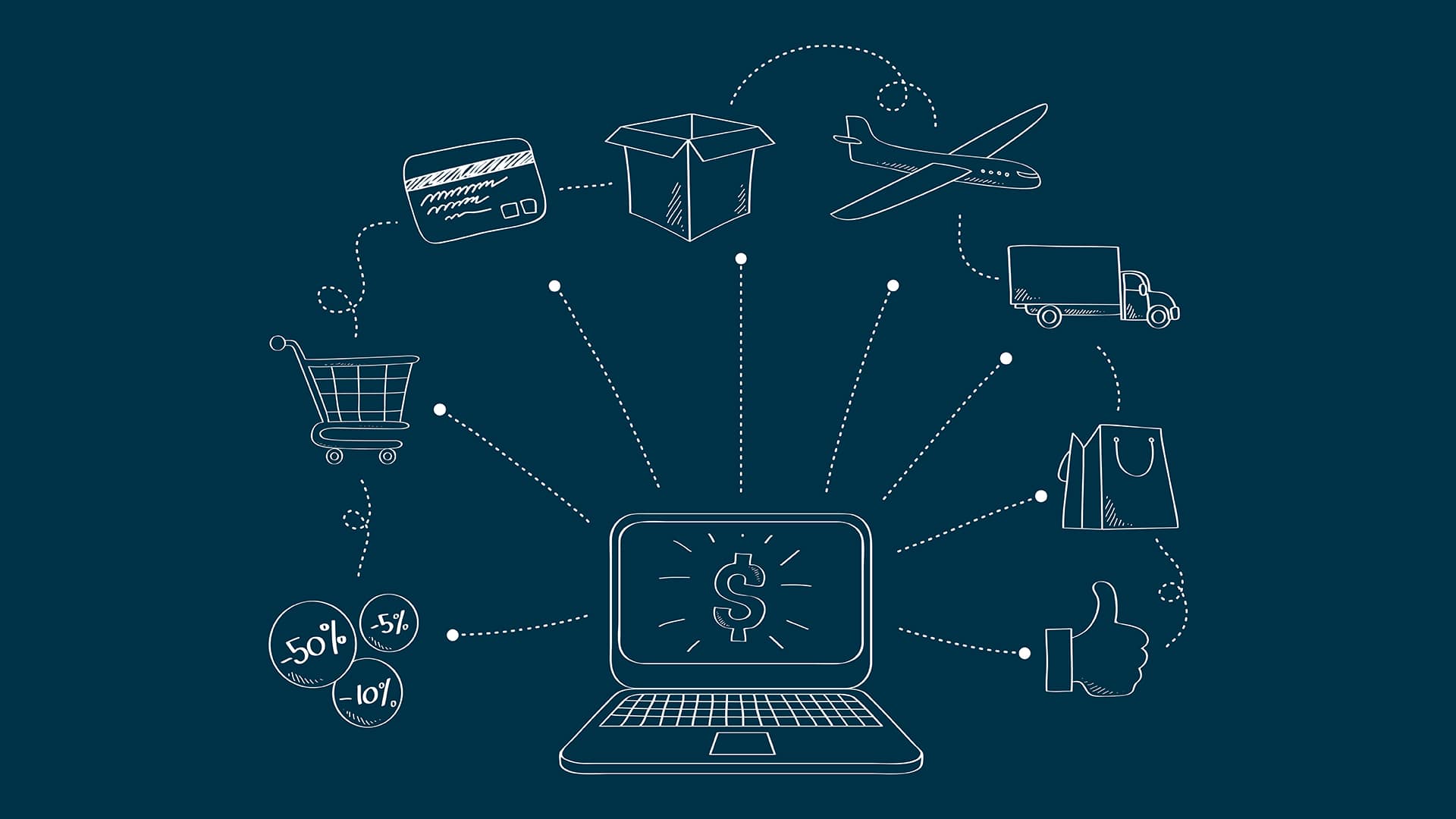
What is wrong with the ecommerce content management system?
A decade ago when CMS was introduced, it really changed the game. CMS helped stores to go online super fast around time. Developers find it very easy to develop online ecommerce websites with bliss. Most of the functions are inbuilt so just plug and play model worked out. Merchant uses the backend for all their daily routines like invoice, inventory management, catalogue and product upload etc.,
But this comes with a big price, ecommerce CMS has lots of functionalities which was built using complex program logic and a heavy loaded database. Online buyers just need a simple system to buy and check out. Only the merchant needs this heavy loaded system to manage their routine job.
CMS unfortunately couldn't separate this. The entire system is bloated and the buying journey is always a bit sluggish due to the load time.
There comes our headless ecommerce friend.
Is your ecommerce headless?
Lately, one of the trendy buzzword discussed in ecommerce is being “headless”. Headless ecommerce provides freedom of work and flexibility. To put it in plain words, headless ecommerce separates front end and backend of an ecommerce platform. The tight link between front end and back end is loosened up unlike traditional ecommerce that was built to receive major traffic from desktop browsers.
Headless ecommerce is carefully designed to feed the major change in consumer behavior, embracing all types of devices with best-of-breed technologies.
How does ecommerce work better by losing its head?
Headless ecommerce architecture works based on processing requests between content-presentation layer and application / business logic layer. This gives freedom of work to developers and designers, as most developers are not designers and designers are not developers. Headless ecommerce gives the team to focus on what they are best at, creating a top-notch interface with enhanced backend and pleasing frontend that satisfies the customer needs and improvises engagement.
How does headless ecommerce benefit the customers and organization?
Headless ecommerce provides personalized content to customers. Organization can change the content presentation layer without having to make adjustments to application layer. Changes can be made easily and quickly to separate layers. Headless ecommerce eliminates the need to redeploy the entire system every time a change is made.
This saves a lot of time, improves the speed of the application.
Headless ecommerce vs traditional e-commerce
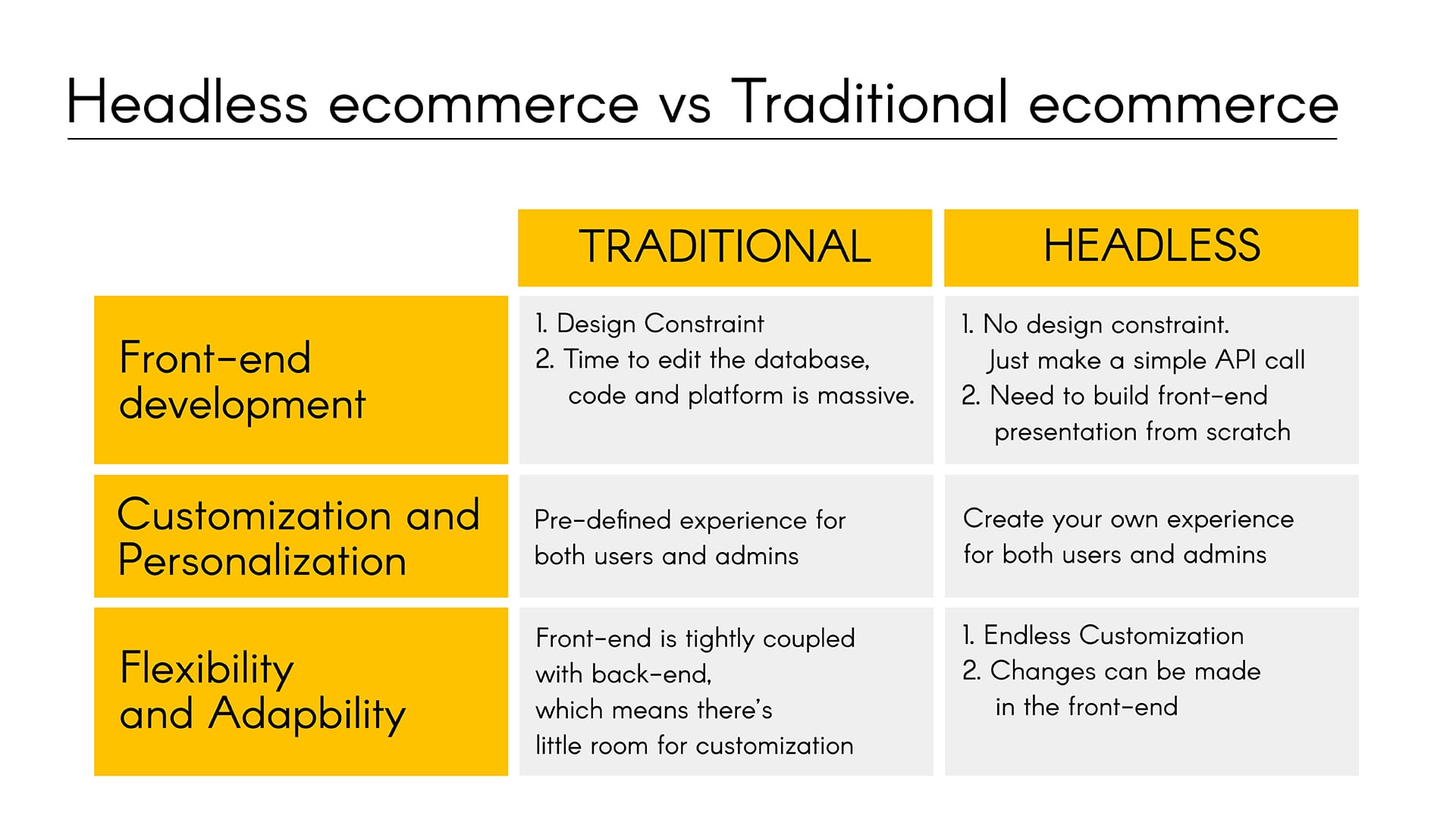
What are the major limitations of traditional e-commerce?
Deficient Flexibility
Traditional ecommerce suits best for the startup’s selling online. As the traditional ecommerce provide a full-stack coupled solution of front-end and back-end system. Though this technique seems to be ideal solution for ecommerce beginners, it will not suit the budding company which focuses on customers.
The growing trend of devices, customized pages, customer friendly modules are crucial in today’s ecommerce era. Learning about the target audience and understanding the shopping behavior of each customer becomes imperative in order to opt for the first-rate customized practices that go well with your business model. At this point, full-stack solution lacks a good deal of requisite flexibility.
Adding integration and adjustments to customer-facing frond-end or to backend does not occur on standalone mode. The modifications that are made in one end disrupt the whole system. This foremost drawback slashes the novelty level of your brand, as the updating and testing of the ecommerce platform becomes a tedious procedure each time. Your company has to wait for minor and newer solutions as each upgradation will not be accessible instantly.
Sluggish Load time:
Speed is one of the top priorities for B2B customers. Full-stack traditional ecommerce solution becomes a heavy bundle merging front-end and back-end together. This slows down the loading time of your site. When the customer tries to research about a product and shop for it in your site, slower the site - lesser the chances of acquiring that customer or that order. The customer will most likely move on to a competitor ecommerce website where the site is faster and customized.
Traditional ecommerce being a coupled system does not allow quick upgradation of system. The entire system requires upgradation as each ‘end’ is dependent on each other. The resultant upgrade of one system will cause a glitch to the other system. Obviously a minute upgrade makes the entire system and the process a lot slower.
Expensive Upgrade:
Updating a single module becomes a monotonous time-consuming process as the front-end and back-end system is coupled together and entirely reliant on every phase. This feature not only delays the tiny upgrade but also makes the complete process much costlier. As the interconnection involves lot of risk and the connection requires the demand of both the front-end and back-end developers.
In order to push a new promotion which involves only the prerequisite of front-end developers, the update demands the call for back-end developers as well. This interrupts the flow of the entire system and turns out to be a waste of time for marketing team, development team and designer team.
The future of ecommerce is headless
Understanding the disadvantages of traditional ecommerce pushes us to discern the most important benefits of headless ecommerce CMS to target different groups of customers and provide an all-in-one solution.
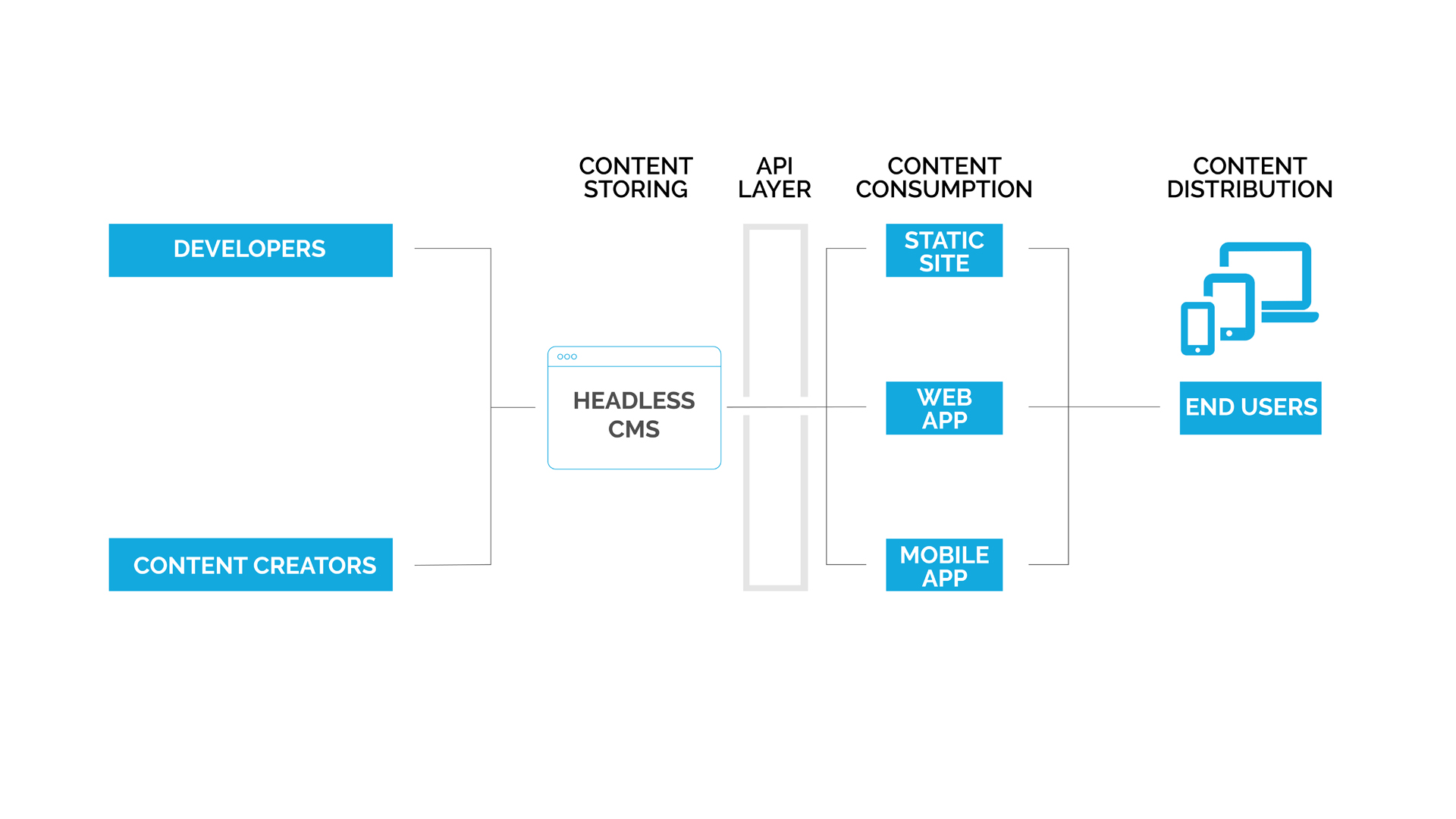
Flexible and customisable e-commerce
If you want your online shop to stand out distinctively from the colossal digital jungle, it is imperative to build a thoughtful UX with freedom and flexibility. And there comes our hero – headless CMS, to provide bespoke unique experience to the users without the standard template models designs of traditional e-commerce.
Handy backend and trouble-free portable data
Restriction, dependencies and the coupled solutions are set free from its jailed atmosphere. Easy to use data structure and independent infrastructure of this headless ecommerce platform endows you with the lighter backend which is competent enough with the frontend.
Faster Multiplatform shopping experience
Secure and cheaper websites can be created using headless ecommerce open source. When your business needs to adapt to the evolving needs of the customers, scaling it with headless CMS becomes wholly hassle-free. What else do you need when your backend can present you the output that you want devoid of constraint?
Ever growing platforms, be it mobile app, desktop app, progressive web apps, IoT, or whatever it may be. Headless CMS allows you to decide the best frontend to satisfy your customer needs and offers a creative and strategic experience to the developers.
Is it Headless or Traditional ecommerce solution?
And it’s time to choose the approach which best suits your needs. Rather than saying it as your need, it can be best said as the needs of your customer. If you have a simple storefront that doesn’t require frequent trendy changes then traditional ecommerce should be your choice. As traditional ecommerce CMS platforms like magneto is easy to set up once for all. But don’t except an easy change over, it’s definitely a headache.
Nevertheless, if you are looking for targeted audience with adaptive and easy to use decoupled frontend and backend then you have no other choice. Go for headless ecommerce! The advantages of headless ecommerce, speeds up your online store/ ecommerce website, grasping your customers to order online in your store. The flexibility and cheaper price removes a huge burden from you and from your website.
Every new innovation is created to provide fresh and enhanced experience to the developers. Change is inevitable and the best choice is to progress along with the change in the right direction, to provide tailored experience to your precious customers!




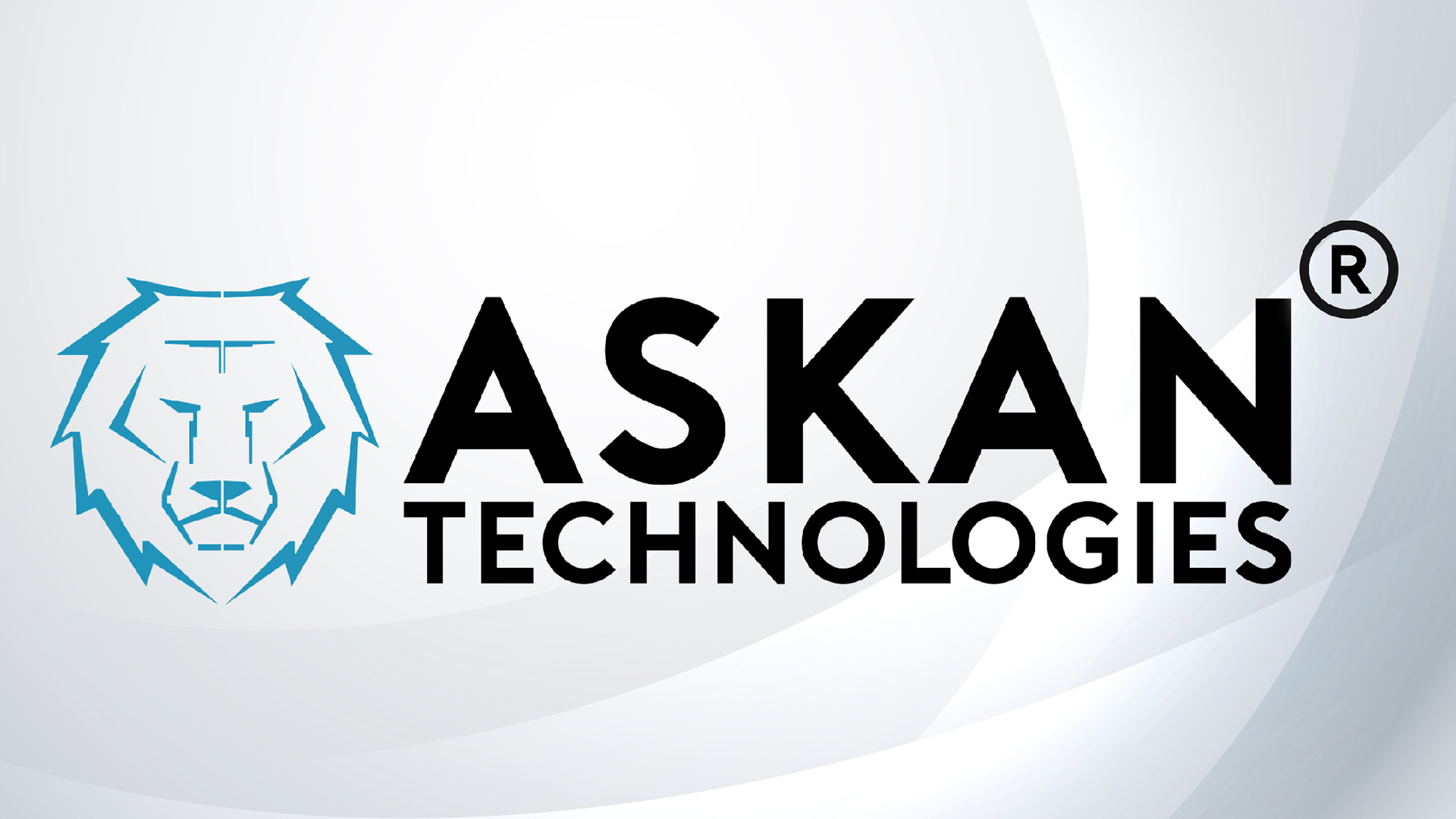

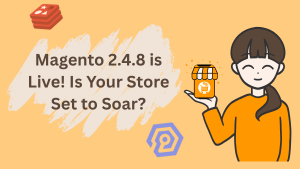


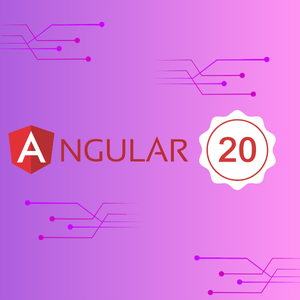
Headless Ecommerce is here to stay and grow!
What is wrong with the ecommerce content management system? A decade ago when CMS was...
Share this link via
Or copy link